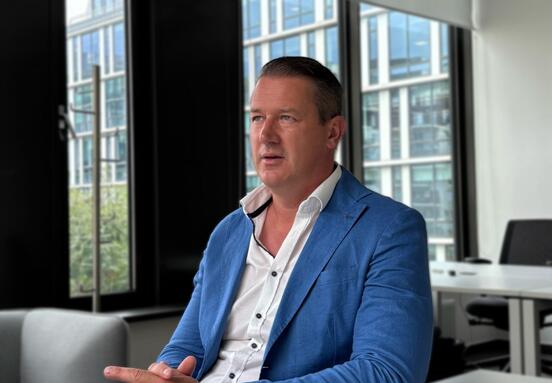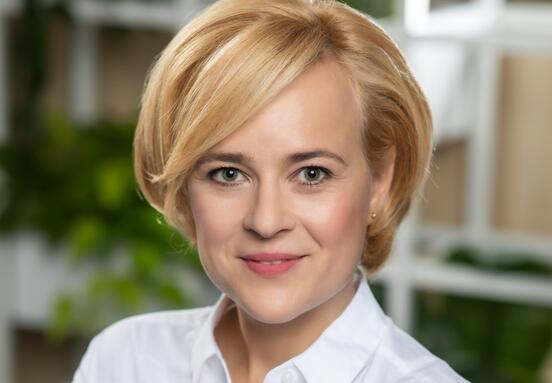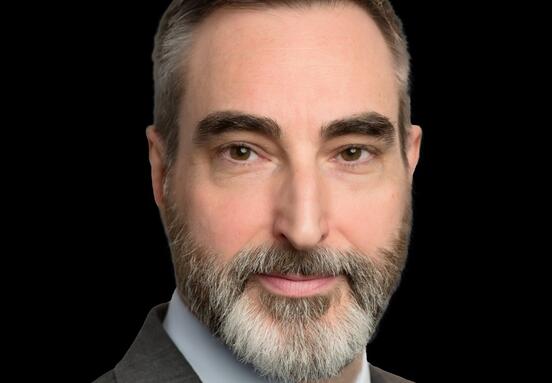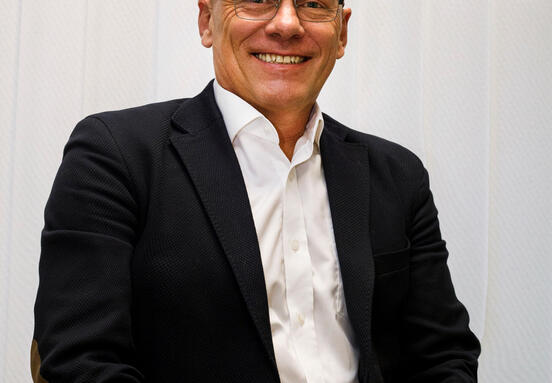- What year have you had so far? Are you feeling the recovery? Do you have many inquiries?
- We had a very busy year so far. Most of our clients consider the consequences of the pandemic, try to adopt the most suitable, new working method and define the proportion of the hybrid workspace allowed by its organizational culture. Naturally, they are looking for higher flexibility, effectiveness and they think about their employees – how to motivate them, how to provide them a safe, healthy and creative work environment. It means that almost all of the leases are restructuring and we, as consultants, have the responsibility to support them in finding the best possible structure for them. We definitely feel the recovery, in one sense, since we are not in lockdowns and we are learning to live with this new reality, however when it comes to business, last year was our best so far, since opening our Budapest office, three years ago. And yes, we do have many inquiries, these thanks also to the proactive attitude of our local and global teams.
- What does recovery means to you?
- All changes bring new challenges and opportunities, even though when changes occur, one needs to work harder, the opportunities are also wider. As far as I see, we have more work than we had 18 months ago, the difficulty may be that the overall project’s life cycle is longer than before. If recovery means the decreasing tendency of the vacancy rate on the office market, I must say that no, that is not yet happening. The total demand in the first half of 2021 started to show the rebound of the office market and presented a 3% increase compared to H1 2020. The vaccination rate of Hungary’s population is at the top in the European Union and therefore restrictions were gradually lifted from April. This positive change is clearly showing in the demand of Q2 2021 – 97,990 sqm – 31% increase compared to the previous quarter. 234 lease agreements were signed in H1 2021 and the average deal size amounted to an above average 744 sqm. The number of transactions was pretty much at the same level compared to the same period of last year, with 232 office agreements in total. Renewals still represented the largest share making up 43% of the total leasing activity, whereas new leases came second with 38%. 11% of the total leasing activity was made up of pre-lease transactions and 7% of expansions, as well as 1% owner-occupier activity. In terms of submarkets, Váci Corridor showed the strongest occupational activity, followed by Central Pest and the CBD.
- The stability of previous years has been replaced by uncertainty. How can you plan?
- I believe it is much easier to plan this year, than it was last year. We did not know what to expect in 2020, but companies are ready to accept the new challenges in 2021 and we all adapt. We have better prepared answers, more measurements, more basics to help our clients, a vaccine and the future is less blurry. We are much more experienced in 2021 than we have been in 2020, because we have data, we have information to analyze and after all, Knight Frank is turning 125 years in 2021, we are planning the upcoming ones as we move ahead.
- Will companies move back to the offices or set up hybrid work? What are the most significant trends?
- Operating efficiency, cost reduction and staff wellness are the mantra’s of organisations as they wrestle with the impact of Covid-19 on their business. How and where (and at what cost) they will operate in future is upper most in their minds, bringing real-estate to the fore once again. One of the most important trends is that employees expect work from home (WFH) and hybrid work. It is a very important motivational tool and even the most conservative employers realized that and are ready to implement hybrid work. The question is the prorate of the hybrid work. Are company cultures strong enough to allow employees 1 day/week in home office? Is 2 days per week in home-office better? Maybe 50%-50%? This factor is different from company to company and it not only depends on the company culture, it also depends on the terms of the actual lease and the physical limits of their current office space. In average, we can say that our clients welcome a certain WFH ratio, while in the office they would like to see more collaboration space, where they could meet and interact.
- You are also involved in tenant representation: what do you recommend to tenants, how and where to rent and for how long? And how compatible are the answers with landlords' needs?
- We recommend to our tenants to create a workplace strategy and start by evaluating their current situation. What percentage of the employees should work from home? They need to define what are the risks they would like to avoid and what are the liabilities they can take. Based on these, we can set up our strategy together. It might happen that one of our clients’ needs a 3+2 year lease term, but a fix 7-year would fit to another better. If you look at statistics, almost 50% of transactions are renewals – it means to me that landlords also want to keep their tenants. It is a very important momentum and we must remember: companies are learning. They make the necessary take-away and try to avoid past mistakes next time. I truly believe that landlords are more experienced, prepared and cooperative than they were before, the market is maturing. We all develop and grow and learn – consultants, tenants and landlords. I see very few landlords in the past 18 months who would reject to negotiate with its tenants in order to keep them. On the other hand, I also see very few tenants to come with unrealistic expectations, however when that happens, it is our responsibility, as consultants, to help parties understand borders and limits to certain possibilities.
- The vacancy rate is above 10% in Hungary. Is that good? How long is it healthy in your opinion?
- If you ask landlords, they would like to see 0% vacancy. If you ask tenants, for them this situation is more advantageous, because they can have a more competitive reality. I find this situation easier to explain and present than the pre-pandemic. It is rather obvious to see that the best projects do not suffer from high vacancy or lack of interest. However, you have to differentiate an already existing building from a new development – you must be able to compare apple to apple. When competition is sharper, it is easier to differentiate. Me, personally would like to see both tenants and landlords act a more accountable way. Do not push your tenants to take more liability than they could. Do not take more liability than you could. Consider your capabilities and keep the necessary level of flexibility. Listen to your advisor – they have that wide knowledge base that can actually help, basically that is why we are appointed. They can help, it might take a bit longer time, they might raise some questions, you would like to avoid, but we are there to help.
- What is considered a successful product in the office market today?
- I can’t help, but mention again one of my favorite quotes – it is from Charles Darwin: “It is not the strongest of the species that survives, nor the most intelligent. It is the one most adaptable to change”.
- What advice would you give to an investor today?
- Beside the above one? Be patient. Consider your capabilities. Be open, listen to your consultants and be critical, challenge your environment. Ask and be critical. If anyone tries to convince you that something is a one-in-a-lifetime possibility, walk away. And one very important advise that I got from an old colleague of mine: would you do it if it was your own money?
- So we can throw out the item about the death of the office.
- The ‘death of the office’. The 20-year old death of the office narrative has reappeared with gusto over the last one and a half years. Enforced working from home, and now the emergence of hybrid working styles that blend WFH with working in the office, have led to bold claims about how businesses could benefit from removing their second largest operating cost. This is naïve. The office is central to the creation and maintenance of a corporate culture. It is essential to the innovation and creativity required to stay competitive. It is the place where essential (and often tacit) staff development and education occurs and where social connections transform into important professional collaborations. Businesses are immeasurably weaker without recourse to an identifiable collective hub. That is not to say that the form and function of the office is beyond reconfiguration but, once again, rumours of the death of the office have been greatly exaggerated.
Irodakereso.info







